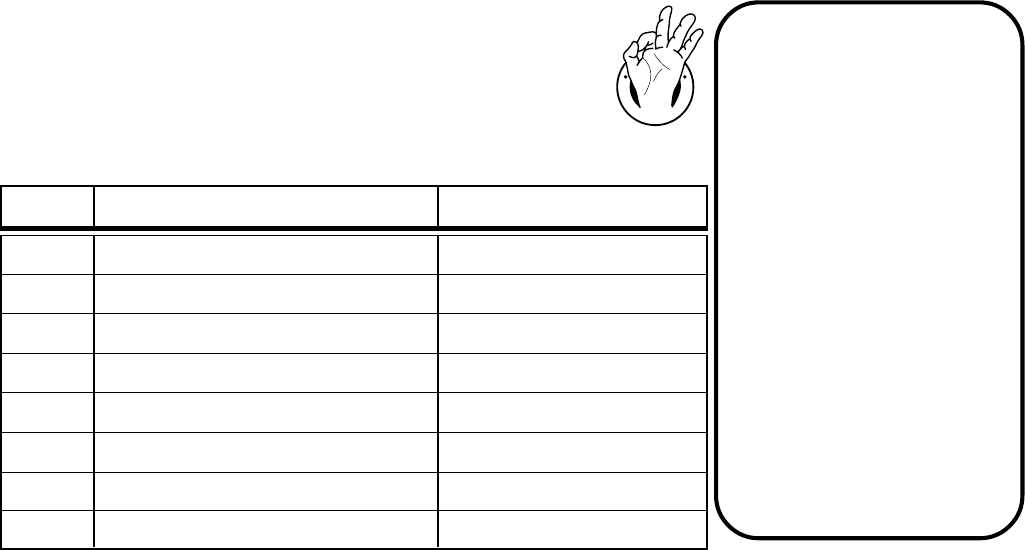iv
LIMITED TWO-YEAR WARRANTY
Oceanic guarantees, to the original purchaser only, that the DataTrans will be free of defects in materials and/or craftsmanship under
normal recreational multilevel scuba use for two years from date of purchase, provided proper care and annual service are performed as
described within this owner’s guide. Should your DataTrans prove to be defective for any reason (other than those listed in the limitations
section below) it will be repaired or replaced (at Oceanic’s discretion) free of charge excluding shipping and handling charges. This
warranty will be considered void if the DataTrans was purchased from anyone other than an Authorized Oceanic Dealer,
and/or if the registration card is not filled out completely at the time of purchase and mailed to Oceanic within 30 days of purchase, and/or if
the annual inspection is not done according to this owner’s guide. This warranty is non-transferrable and applies to the original purchaser
only. All correspondence concerning this warranty must be accompanied by a copy of the original sales receipt and a copy of the owner’s
portion of the warranty registration card including the annual inspection record.
Once each year you must return the DataTrans to an Authorized Oceanic Dealer within 30 days of the original purchase date anniversary
to keep the two year limited warranty in force. Annual inspection includes verification of depth accuracy and proper general function.
Labor charges for the annual inspection are not covered by the warranty. You must provide a copy of the original sales receipt and a copy of
the owner’s portion of the warranty registration card including the annual service record to obtain warranty service. If you try to obtain
warranty service for your DataTrans but have not sent in the registration within 30 days of purchase date, you will be charged a twenty-five
dollar late registration processing fee to reinstate the warranty. This charge can be avoided by mailing the registration card immediately
after purchase.
Statement of Limitations - General:
Warranty does not cover damage from accident, abuse, battery leakage, tampering, lack of proper care and maintenance
and/or proper annual servicing, or improper use of the DataTrans. Modifications or repair by anyone other than an Oceanic Sales
& Service Center authorized to service the DataTrans will void the warranty. Oceanic will not be responsible for recovery or replacement of
the product in the event of loss or theft. Oceanic, its distributors, and retailers make no warranties, either expressed or implied, with
respect to this product or its owner’s guide except those stated in the preceding paragraphs. In consideration of the sale of the
DataTrans to you, you agree and understand that in no event will Oceanic, its distributors or retailers, be held liable for
any personal injuries resulting from its operation, or for any other damages whether direct, indirect, incidental, or
consequential even if Oceanic is advised of such damages.
Some states do not allow the exclusion or limitation of implied warranties or liabilities for incidental or consequential damages, so the above
limitation may not apply to you.
Warranty does not extend to plastic gauge face, rubber strap, o-rings, batteries, transmitter fitting corrosion, chrome loss, or damage due to
accident, abuse, modification, or tampering.






























































































